
Many patients complain of "chemo brain," or a drop in cognitive function during or after receiving chemotherapy, but there are strategies to manage chemo brain, as well as research on how chemotherapy affects the brain long-term.

Your AI-Trained Oncology Knowledge Connection!


Many patients complain of "chemo brain," or a drop in cognitive function during or after receiving chemotherapy, but there are strategies to manage chemo brain, as well as research on how chemotherapy affects the brain long-term.
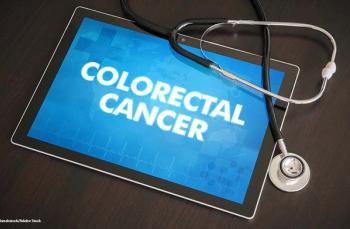
This slideshow reviews the latest guidelines and updates on colorectal cancer screening.
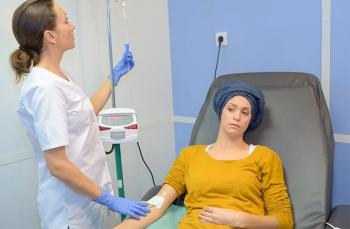
This slideshow reviews the latest clinical updates surrounding the management of treatment-associated nausea and vomiting, including recommendations, newly approved agents, and more.
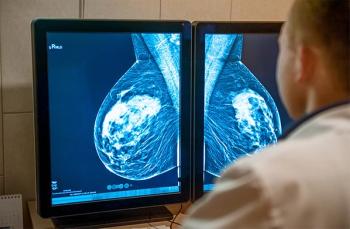
In this slideshow, various clinical guidelines on breast cancer screening are summarized, including the ACP's recent recommendations that have come under some scrutiny.
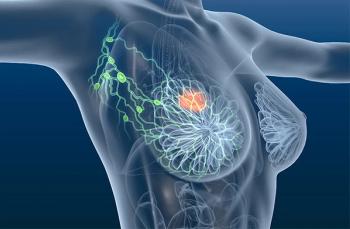
This slideshow summarizes recent US Food and Drug Administration approvals of new oncology drugs and oncology drug indications.

Researchers in England investigated whether risk for suicide was elevated in cancer patients, and which cancer types might have the greatest risk.

Erin McMenamin, CRNP, of Penn Medicine, discusses how oral side effects affect head and neck cancer patients.

We spoke with Erin McMenamin, CRNP, of Penn Medicine, about the recent study on opioid switching in cancer patients.

We spoke with Kelly Hogan, MS, RD, about the recent JAMA study on the association between organic food consumption and cancer risk.

We take a look at how a healthy diet can improve quality of life in breast cancer survivors.

Dianne Shumay, PhD, director of psycho-oncology at UCSF, weighs in on how we can use psychological interventions to improve stress levels in cancer patients.

Linda Jacobs, PhD, CRNP, director of the Cancer Survivorship Center, comments on the incidence of erectile dysfunction in childhood cancer survivors.

Breast and gynecologic cancer patients undergoing chemotherapy may experience improvement in cancer-related fatigue with integrative medicine approaches.

For patients undergoing primary treatment for head and neck cancer, sexuality was significantly impacted in many patients both prior to and during cancer treatment.

Cancer patients with a documented history of depressive symptoms prior to hospital admission experience an extended hospital stay.

Oncology nurse leaders share insights into the care of vulnerable oncology populations-from ED triage to tailored telehealth sessions for homeless populations.

Quit rates reported by a smoking-cessation program at Duke Cancer Center increased from 17% to 34% in the 2 years since it was implemented.

Detailed education and other initiatives related to CHG cloth use boosted bathing compliance rates by 95% in 14 months, and decreased CLABSI by 8%.

After non-oncology units received comprehensive safety kits for handling oral hazardous drugs, chemo handling precautions at Maine Medical Center increased significantly.

A streamlined nursing protocol reduced delays related to treatment with oral formulations of chemotherapy and immunotherapy, and increased patient satisfaction.
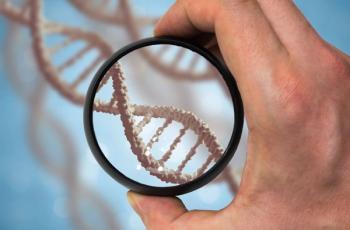
In this slide show we highlight some of the top news from the past year on genetic testing for cancer, including gene signatures for identifying different sub-types of breast cancer, the influence of genetics on RCC outcomes, and the utility of liquid biopsies.




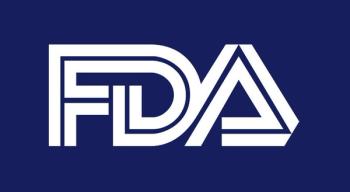


Are healthcare providers taking cancer survivors’ sexual health seriously? Are women (and men) being asked about their sexual health during and/or following treatment? Apparently not.

The Centers for Disease Control and Prevention (CDC) has changed recommendations on the human papillomavirus (HPV) vaccine schedule in 11- and 12-year-old children from 3 doses to 2 doses in at least 6-month intervals.

In 2016, it is estimated that there will be 22,280 newly diagnosed cases of ovarian cancer in the United States. Astonishing as it may seem, the lifetime risk for a woman developing ovarian cancer is 1 in 75, with a risk of death related to the disease being 1 in 100 (excluding low malignant potential tumors).

Published: July 10th 2012 | Updated:

Published: March 3rd 2017 | Updated:

Published: February 2nd 2017 | Updated:

Published: January 14th 2015 | Updated:

Published: January 31st 2017 | Updated:

Published: October 24th 2012 | Updated: